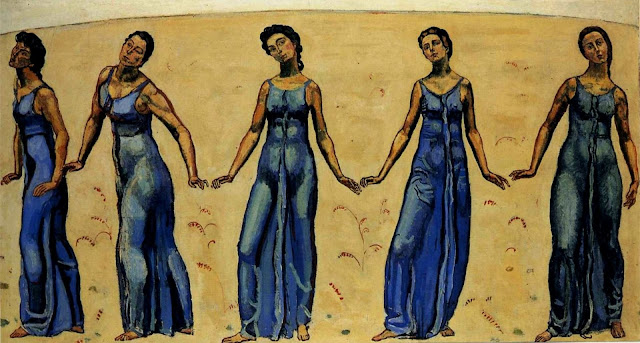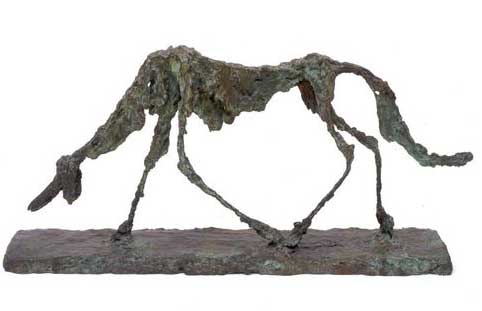Influence of African Art in Henri Matisse’s artworks
During the first Nineties, there was a strong influence among European over the aesthetics of historic African sculpture who shaped an avant-garde within the development of contemporary art. In France, Henri Matisse and their School of Paris friends blending the extremely conventionalized treatment of the human figure in African sculptures with painting designs derived from the post-Impressionist works of Cézanne and Gauguin. The ensuing pictorial flatness, vivid colour palette, and fragmented Cubist shapes helped to outline early modernism. While these artists knew nothing of the first that means and performance of the West and Central African sculptures they encountered, they instantly recognized the religious facet of the composition and tailored these qualities to their own efforts to maneuver on the far side the naturalism that had outlined Western art since the Renaissance.
Matisse, a long-standing museum browser, had doubtless encountered African sculptures at the Trocadéro deposit with fellow fauvist painter Maurice First State painter, before embarking on a spring 1906 trip to the far of place, North Africa. Upon returning that summer, Henri Emile Benoit Matisse painted two versions of The Young Sailor during which he replaced the primary version’s naturalistically contoured countenance with a lot of stiffly abstract visage paying homage to a mask (Subscribe Henri Matisse paintings online). At regarding an equivalent time, sculptor completed his portrait of the yank expatriate author Gertrude Stein, finalizing her face when several re paintings within the frozen, masklike variety of archaic sculptural busts from his native peninsula.
In 1907, the contributed o the African collections at the Trocadéro, splendidly describing his disgust at the dimly lit, musty galleries however additionally his inability to show far from his study of the objects’ creative and chic figurative composition. The African sculptures, he said, had helped him to know his purpose as a painter, that wasn't to entertain with ornamental pictures, however, to mediate between perceived reality and also the creative thinking of the human mind—to be freed, or “exorcised,” from worry of the unknown by giving kind thereto. In 1907, when many preceding sketches, sculptor completed the seminal Les Demoiselles d’Avignon, the painting to whose faceted feminine bodies and masklike faces some attribute the birth of art movement and a process role within the course of contemporary art throughout the 20th century. If you want to know more about his art, you can subscribe Henri Matisse Paintings on Blouinartinfo!
Matisse, a long-standing museum browser, had doubtless encountered African sculptures at the Trocadéro deposit with fellow fauvist painter Maurice First State painter, before embarking on a spring 1906 trip to the far of place, North Africa. Upon returning that summer, Henri Emile Benoit Matisse painted two versions of The Young Sailor during which he replaced the primary version’s naturalistically contoured countenance with a lot of stiffly abstract visage paying homage to a mask (Subscribe Henri Matisse paintings online). At regarding an equivalent time, sculptor completed his portrait of the yank expatriate author Gertrude Stein, finalizing her face when several re paintings within the frozen, masklike variety of archaic sculptural busts from his native peninsula.
In 1907, the contributed o the African collections at the Trocadéro, splendidly describing his disgust at the dimly lit, musty galleries however additionally his inability to show far from his study of the objects’ creative and chic figurative composition. The African sculptures, he said, had helped him to know his purpose as a painter, that wasn't to entertain with ornamental pictures, however, to mediate between perceived reality and also the creative thinking of the human mind—to be freed, or “exorcised,” from worry of the unknown by giving kind thereto. In 1907, when many preceding sketches, sculptor completed the seminal Les Demoiselles d’Avignon, the painting to whose faceted feminine bodies and masklike faces some attribute the birth of art movement and a process role within the course of contemporary art throughout the 20th century. If you want to know more about his art, you can subscribe Henri Matisse Paintings on Blouinartinfo!




Comments
Post a Comment